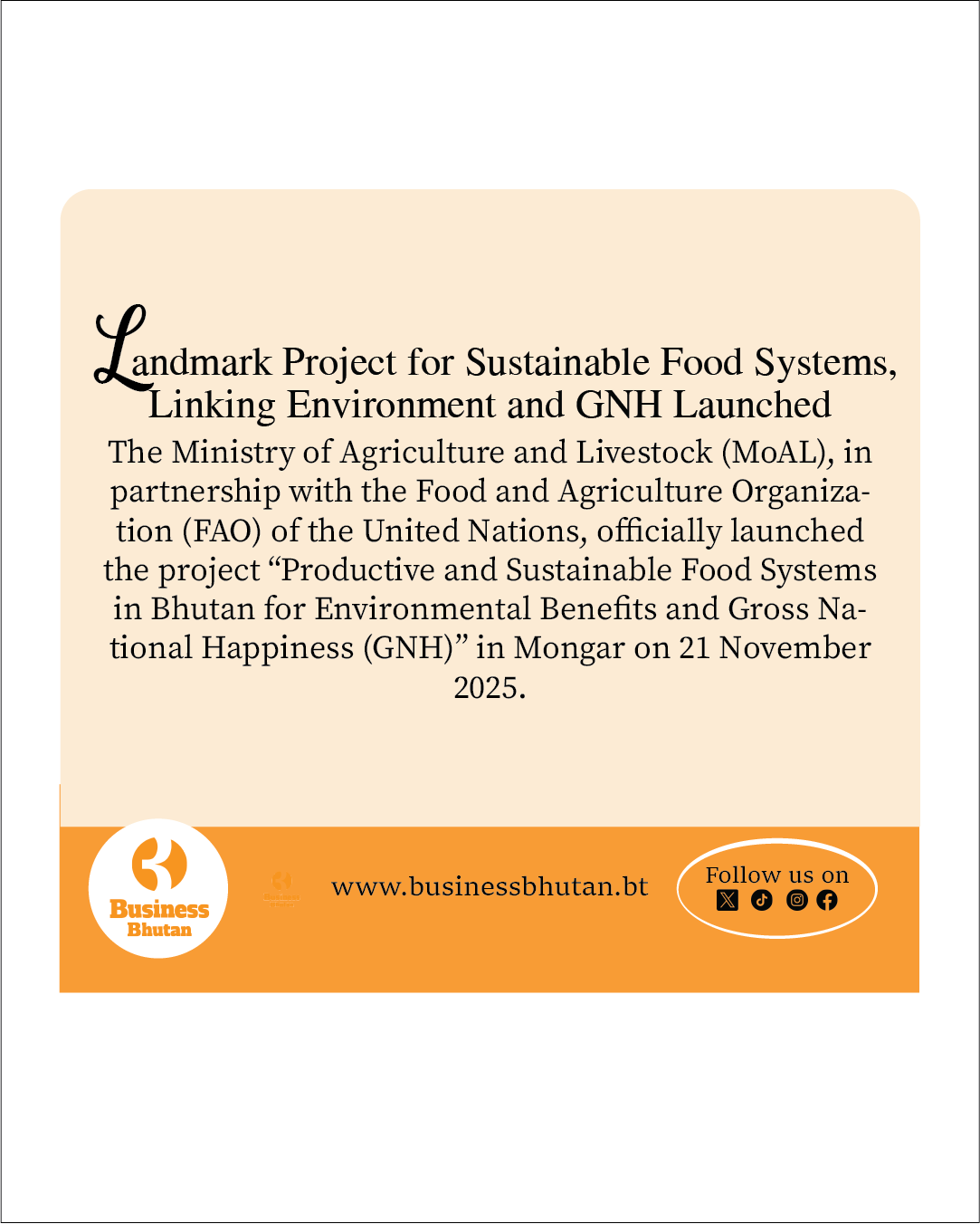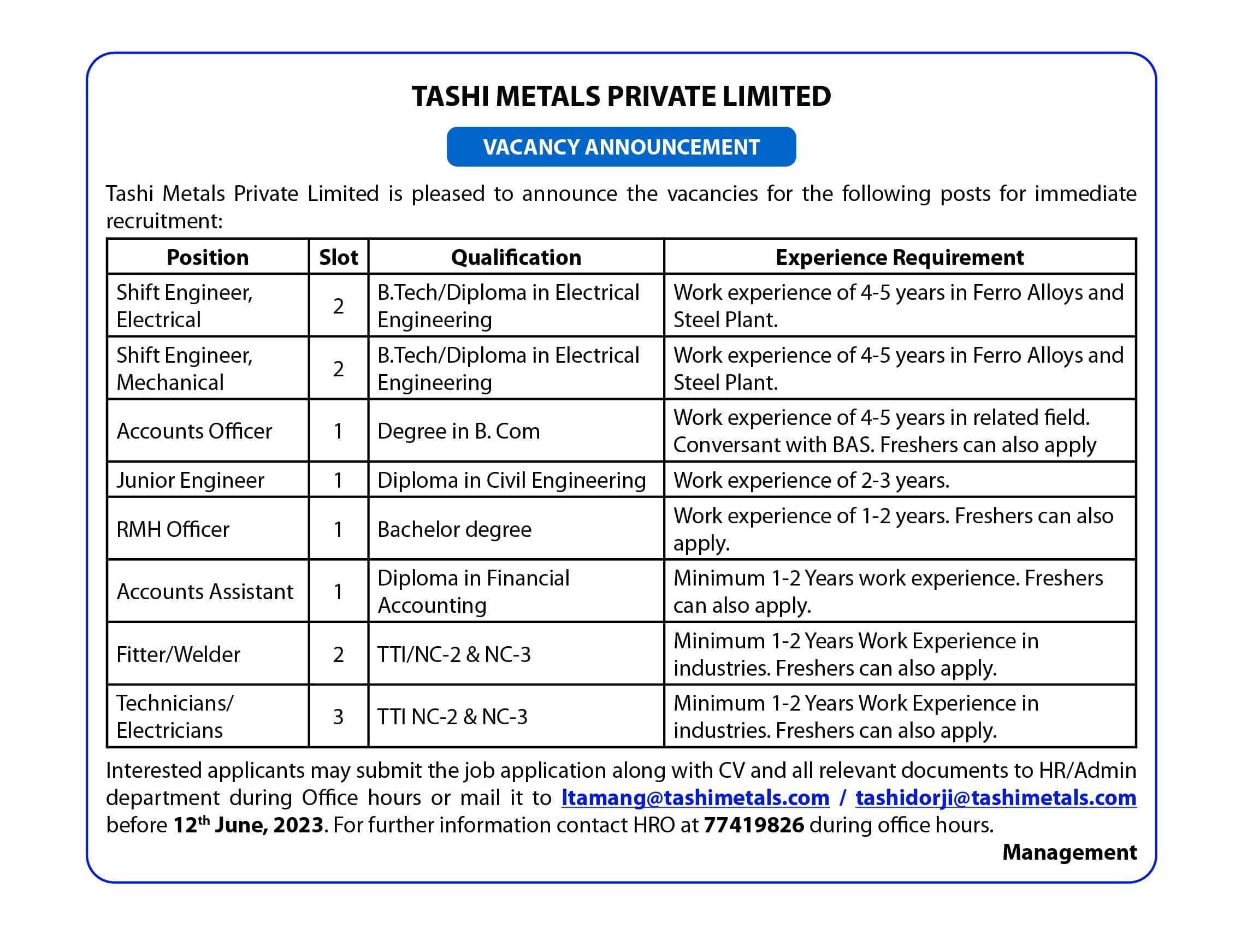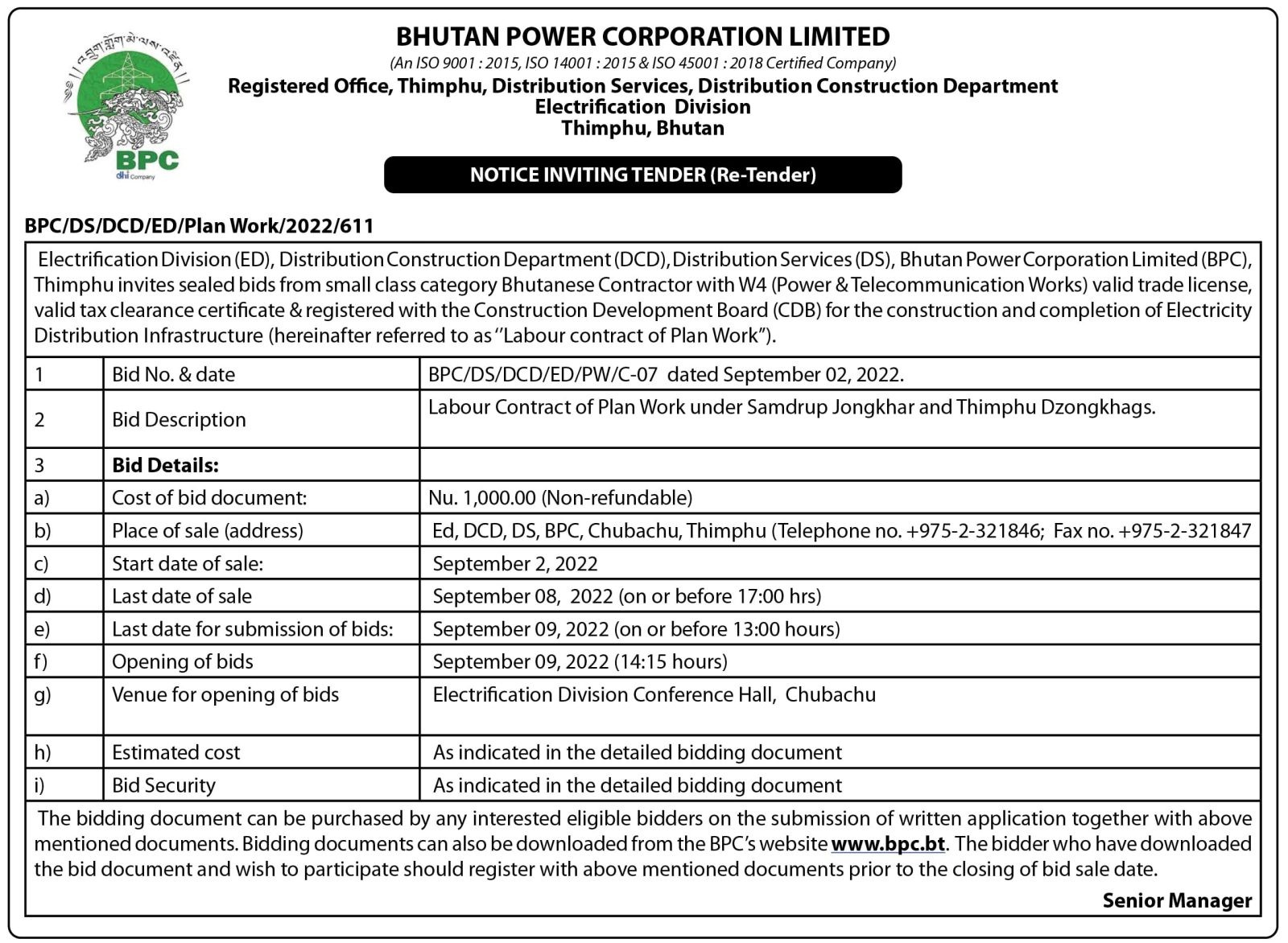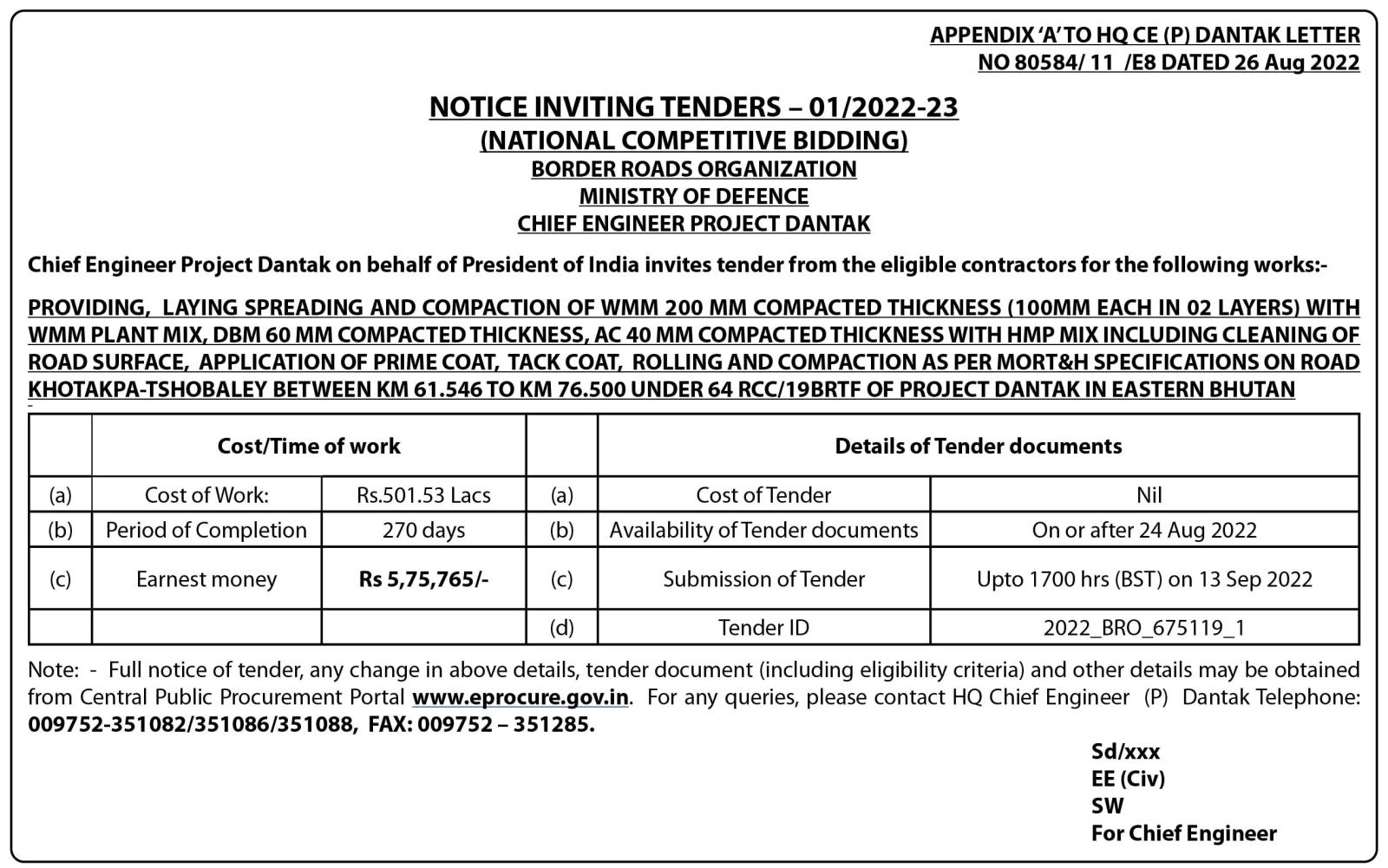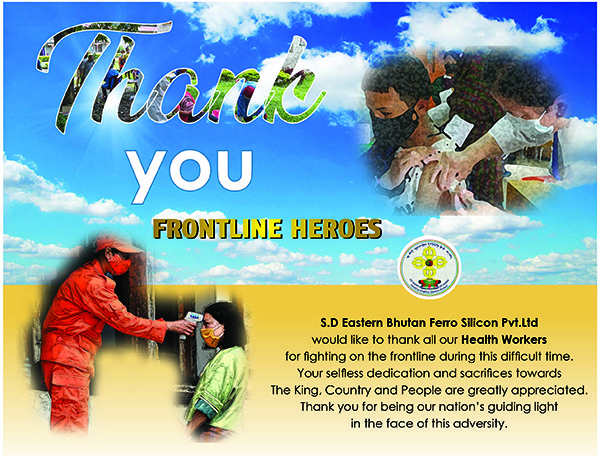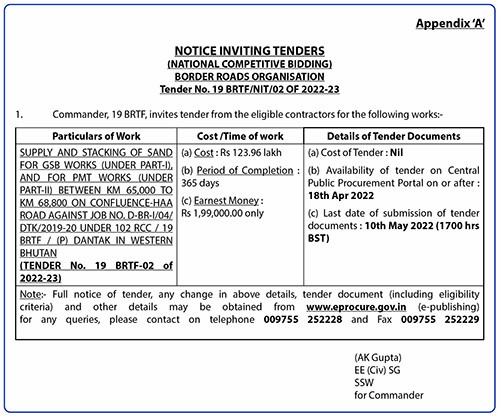Passionate climbers say it is economic realities that deter them from following Jigme Pelden Dorji’s footsteps
It is a quiet season for Bhutan on the roof of the world, an echo of stillness following last year’s historic triumph. In May 2024, Royal Bhutan Army Lieutenant Jigme Pelden Dorje etched his name into the nation’s legacy by conquering the world’s highest peak. Beginning his ascent from base camp on May 16, he stood atop Mount Everest at 9:30 AM on May 20. At that moment, the Dragon soared above the clouds, fluttering boldly against the Himalayan sky. History was made. Guided by Chakra Rai and supported by Pioneer Adventure Pvt. Ltd., Jigme’s ascent was more than a personal victory—it was a moment of national pride that stirred the hearts of every Bhutanese.
The 2025 Everest climbing season officially began on May 9, with a rope-fixing team successfully reaching the summit of the world’s highest peak, setting the stage for hundreds of climbers to follow. This year, the season opened earlier than usual—yet notably absent from the expedition rosters is a Bhutanese flag.
As of May 14, the Department of Tourism under Nepal’s Ministry of Culture, Tourism and Civil Aviation confirmed that no Bhutanese climbers have registered to scale Everest this year. The announcement came alongside the release of the official country-wise expedition report, which showed permits issued to 1,140 foreign climbers. Leading the charge are climbers from the United States and India, with 157 climbers each, followed by China with 111. India fields 24 female and 133 male climbers, while the U.S. brings 29 women and 128 men to the slopes of Everest.
Dawa Sherpa, manager of Sherpa Expedition and Trekking, one of Nepal’s leading mountaineering firms, told Business Bhutan that the absence of Bhutanese climbers could be tied to the high cost. “Everest expeditions are incredibly expensive,” he said. “And registration for this season has already closed, which may also be a factor.”
Rishi Bandari, operator of Satori Adventure Pvt. Ltd., went further—posing a question that cuts deeper. “Is it because Bhutanese people are less inclined toward extreme adventure? Or is it due to a lack of awareness, financial capacity, or simply because Bhutan has a small population?” he asked.
Meanwhile, passionate Bhutanese climbers and adventurers point to a sobering reality and say financial barriers, not lack of spirit, are what keep them grounded. One aspiring climber shared that the cost of an Everest expedition can soar to Nu 4 to 5 million. “I wouldn’t say it’s impossible,” he said. “But sometimes, dreams—no matter how fierce—are clipped by harsh realities like economic limitations.”
When asked about the government’s role, he responded thoughtfully, “It’s not fair to place the burden solely on the government. But there are other avenues—support from corporations, business houses, and private sponsors could make all the difference. After all, who wouldn’t want to be the next to raise our flag above the clouds, to feel the pride of hoisting it atop Everest? Who wouldn’t want to make our country proud; that would be the ultimate aspiration,” he said.
This year, as Bhutan sits out, the climbing season roars on. A team from 8K Expeditions successfully fixed the ropes to the 8,848.86-meter summit under the leadership of head guide Ang Temba Sherpa. The rope-fixing team, coordinated by the Expedition Operators Association of Nepal (EOA), included seven elite climbers who opened the gateway for all following expeditions.
Meanwhile, Nepal has seen a surge in climbers this season, nearing the country’s all-time record. Officials attribute the spike to two key factors: an anticipated fee increase from USD 11,000 to USD 15,000 in September, and pending regulations that may soon require climbers to have first summited a 7,000-meter peak before attempting Everest.
Climbing Everest is not for the faint of heart—or the light of wallet. Costs range from USD 30,000 to over USD 100,000, depending on the level of support. All-inclusive guided expeditions, popular with first-time climbers, cover everything from permits to oxygen and Sherpa support. Meanwhile, logistics-only packages offer a more stripped-down experience for seasoned mountaineers.
The choice of route also influences the price. The South Side in Nepal—safer and more popular—typically costs around USD 45,000, while the North Side in Tibet is generally cheaper, averaging USD 35,000, though it comes with stricter regulations.
The Everest window is short. The season typically ends by late May, just before the deadly monsoon rolls in and slams shut the gateway to the summit. Until then, climbers from around the globe will continue to chase their dreams—while Bhutan, for now, watches from afar.
Sangay Rabten Kathmandu, Nepal



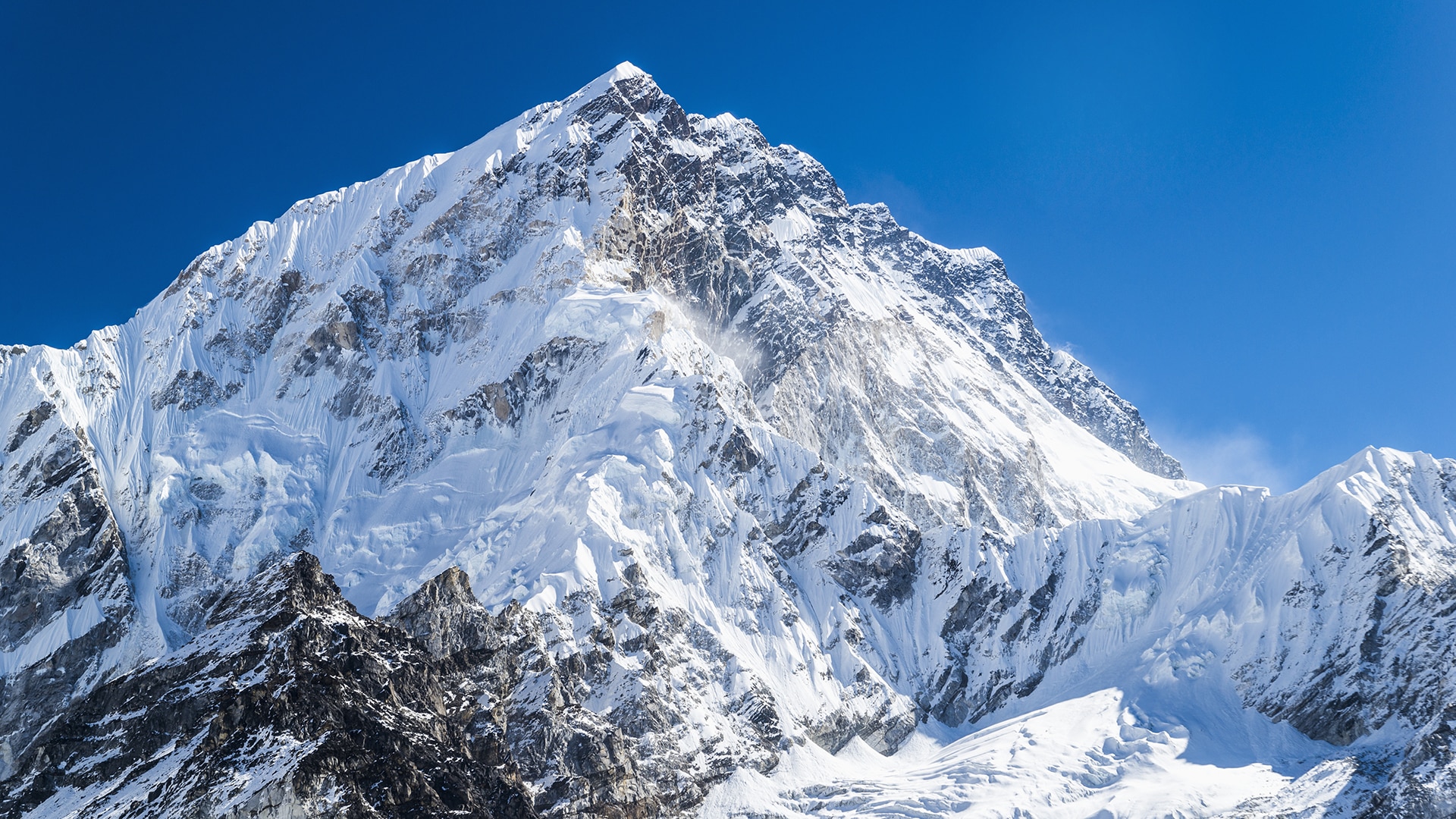
![Fresh Beginnings: Pasakha Vendors Gear Up for New Vegetable Market - Duplicate - [#16963] Fresh Beginnings: Pasakha Vendors Gear Up for New Vegetable Market - Duplicate - [#16963]](https://businessbhutan.bt/wp-content/uploads/2025/11/Asset-200.png)


